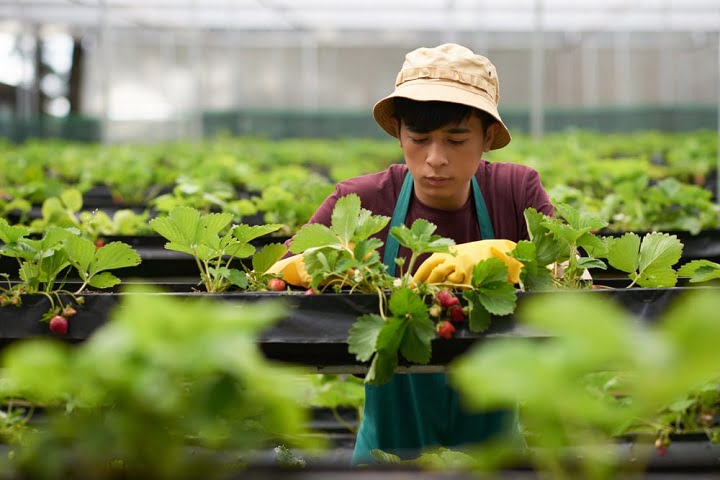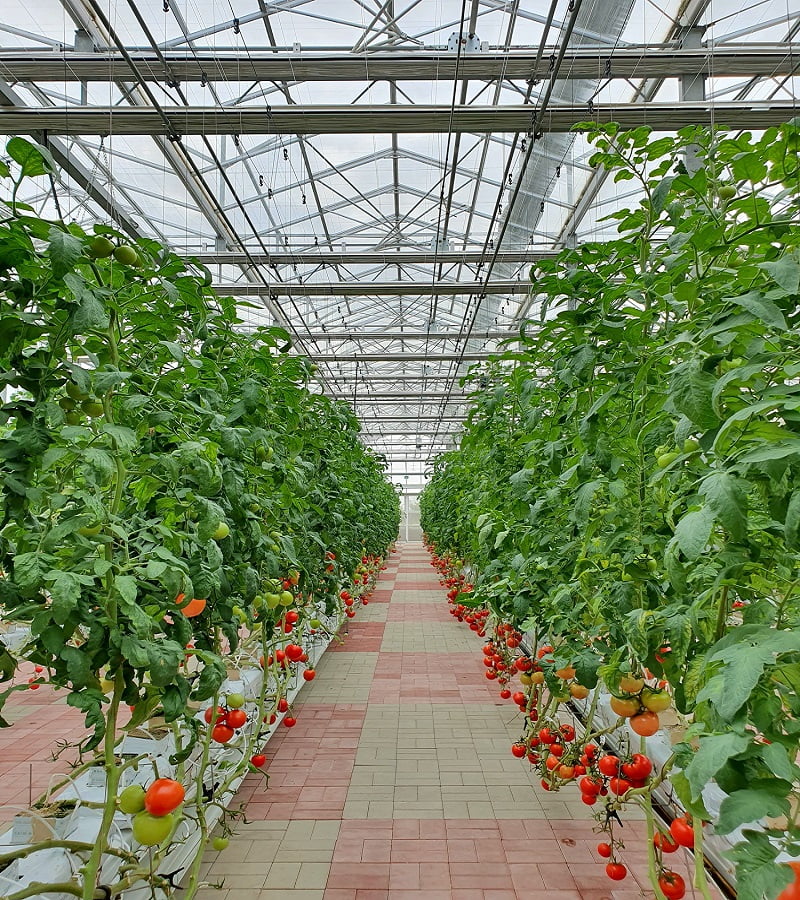Introduction
Urban farming has emerged as a sustainable solution to counteract food scarcity, promote self-sufficiency, and create a greener environment. In the midst of concrete jungles, urban farming allows us to reconnect with nature, make use of limited space, and contribute to a healthier and more sustainable future. This article explores the concept of urban farming, the benefits it offers, and practical tips to start your own mini-farm in an agriculture setting.
1. Understanding Urban Farming

1.1 What is Urban Farming?
It refers to the practice of cultivating plants and rearing animals for food production within urban areas. It can take various forms, such as rooftop gardens, vertical farms, community gardens, or hydroponic systems. The aim is to harness urban spaces effectively and efficiently for food production.
1.2 The Importance of Urban Farming
Addresses pressing issues like food insecurity, limited access to fresh produce, and environmental degradation. By bringing agriculture closer to urban dwellers, it reduces the need for long-distance transportation, mitigates the environmental impact, and ensures access to nutritious, locally-sourced food.
1.3 Types of Urban Farming
1.3.1 Rooftop Gardens: Utilizing rooftops for gardening, creating green spaces, and growing crops and herbs.
1.3.2 Vertical Farms: Growing crops in vertically stacked layers, often indoors or on facades.
1.3.3 Community Gardens: Shared spaces where individuals or groups cultivate fruits, vegetables, or flowers.
1.3.4 Hydroponics: Soil-less cultivation utilizing nutrient-rich water solutions for accelerated plant growth.
2. Benefits of Urban Farming

2.1 Food Security
Urban agriculture increases access to fresh and nutritious food, reducing food insecurity in urban areas. By enabling local production, it minimizes the reliance on distant farms and mitigates the risk of supply chain disruptions.
2.2 Environmental Conservation
2.2.1 Reduced Food Miles: With urban farming, food travels shorter distances, reducing carbon emissions and fuel consumption.
2.2.2 Green Spaces: Urban farms improve air quality, absorb carbon dioxide, and enhance biodiversity in cities.
2.2.3 Water Conservation: Controlled irrigation systems in urban farming enable efficient use of water resources.
2.3 Social and Economic Transformation
2.3.1 Community Cohesion: Urban farming fosters social connections, strengthens community bonds, and promotes a sense of belonging.
2.3.2 Economic Opportunities: Small-scale urban farmers can generate income through the sale of surplus produce or value-added products.
3. How to Start Urban Farming

3.1 Assess Available Space
Evaluate the available space, whether it’s a backyard, balcony, rooftop, or even a windowsill. Consider factors like sunlight exposure, wind patterns, and accessibility.
3.2 Choose Suitable Crops or Livestock
Select crops or livestock that align with your available space, climate conditions, and personal preferences. Herbs, leafy greens, and micro-greens are ideal for small spaces, while rabbits or chickens can be reared in larger areas.
3.3 Prepare the Soil or Opt for Soil-less Cultivation
3.3.1 Soil Preparation: If you have access to soil, enrich it with compost, organic matter, and nutrients suitable for the chosen crops.
3.3.2 Hydroponics or Vertical Farming: For limited spaces, consider soil-less systems like hydroponics, aeronautics, or vertical farming.
3.4 Implement Sustainable Watering Methods
Employ water-saving techniques like drip irrigation or collecting rainwater to ensure efficient water usage in agriculture. Minimize water wastage and maintain a sustainable water management system.
3.5 Incorporate Pest and Disease Management
Practice organic pest control methods, such as companion planting, natural predators, or non-toxic insecticides, to maintain a healthy balance without harmful chemicals.
3.6 Engage the Community
Collaborate with local communities, schools, or organizations to share knowledge, resources, and empower others to embrace urban farming. Participate in farmers’ markets or community initiatives to showcase and sell your produce.

4. Conclusion
Serves as a beacon of hope in transforming barren urban landscapes into thriving green oases. By integrating agriculture into our cities, we enhance food security, protect the environment, foster stronger communities, and create economic opportunities. Embrace the benefits of agriculture-farming and embark on a rewarding journey towards self-sufficiency and sustainability.
FAQs –
- Is urban farming only suitable for large cities? Urban farming can be adapted to any urban area regardless of its size. Even small spaces or suburban neighborhoods can benefit from community gardens or rooftop gardens.
- What are the challenges of It? Challenges include limited space, access to resources, potential contamination of soil or water, and zoning regulations. However, proper planning and creativity can overcome these obstacles.
- Can anyone start urban farming without prior experience? Absolutely! It can be a learning journey for beginners. There are numerous resources, online tutorials, and supportive communities that offer guidance and assistance.
- How do I market the surplus produce from urban farming? Consider selling your surplus produce at farmers’ markets, partnering with local restaurants or grocery stores, or offering a subscription-based service to locals interested in fresh, locally grown produce.
- Is urban farming a viable source of income? While urban farming can generate income, it typically serves as an additional revenue stream rather than a primary source. Scaling up operations and exploring value-added products can increase earning potential.
You may Like: Urban Farming: Cultivating a Green Oasis in the Concrete Jungle
